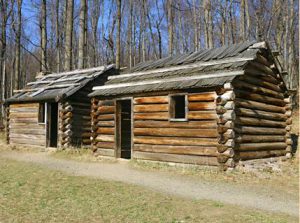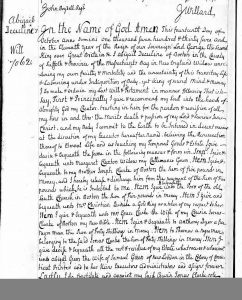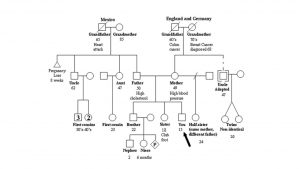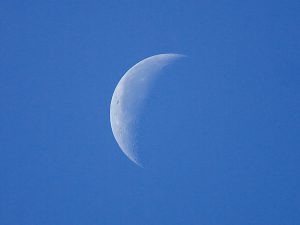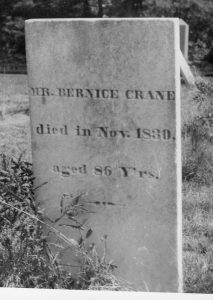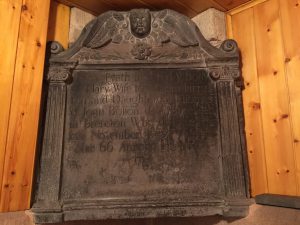[Editor’s note: This blog post originally appeared in Vita Brevis on 30 March 2015.]

Before I began researching my ancestry, I was overwhelmed by the undertaking. It seemed like an impossible task that would take up all my time — trying to make sense of all those great-great-great-greats with their shifting residences, repeating names, and overlapping dates. I’ve always been bad with numbers and dates, and tend to be distracted by anything new and exciting, so my past attempts at uncovering information about my ancestors have resulted in a confusing game of Internet hopscotch through random records I couldn’t really understand concerning people to whom I may or may not have been related. I had convinced myself that I was uniquely ill equipped for genealogical research. Continue reading ICYMI: A helping hand

